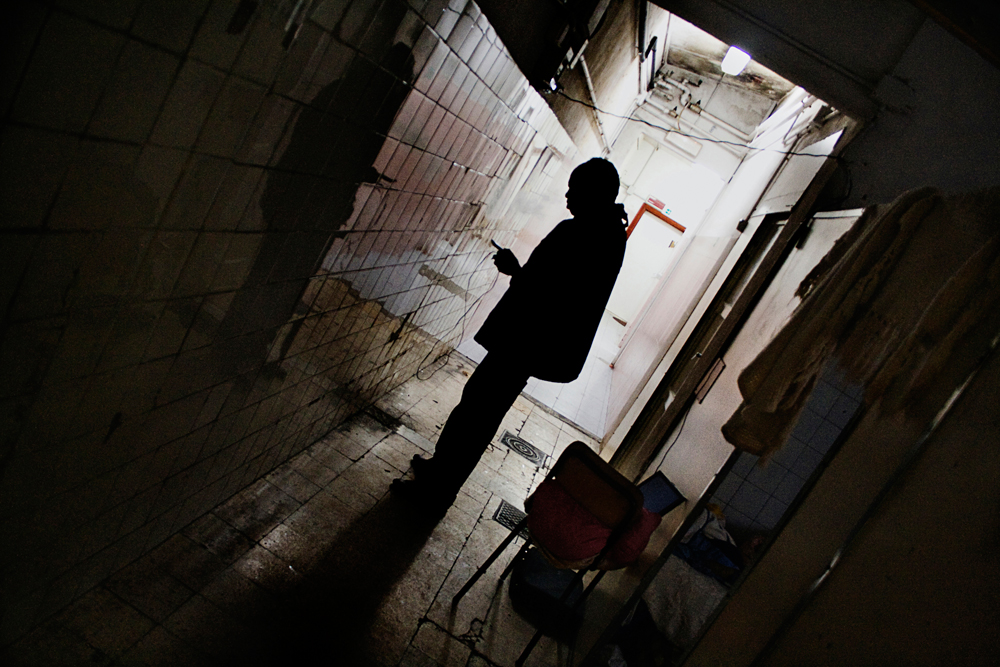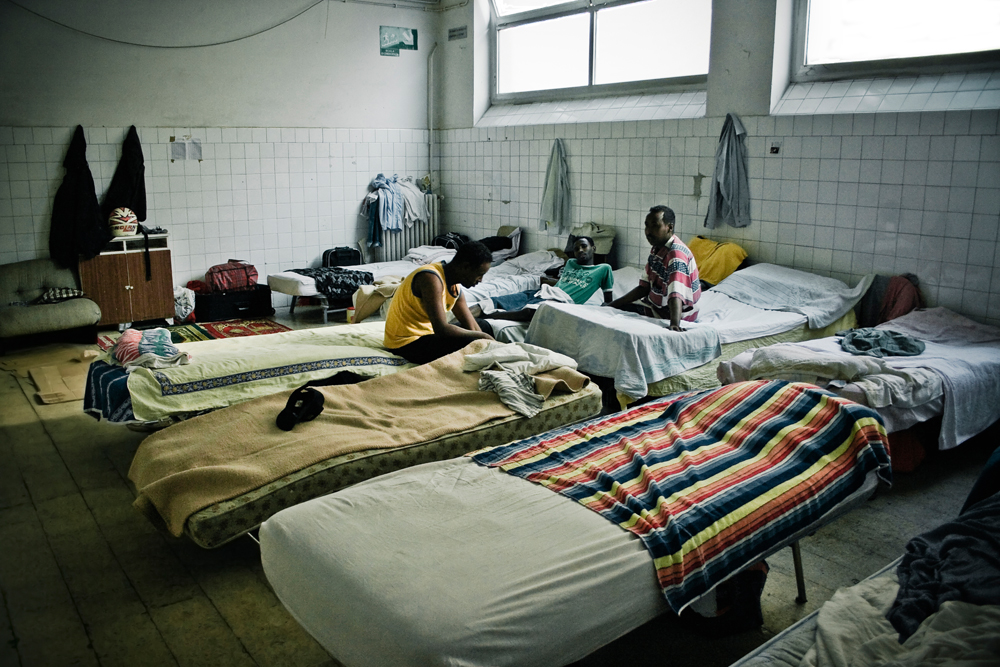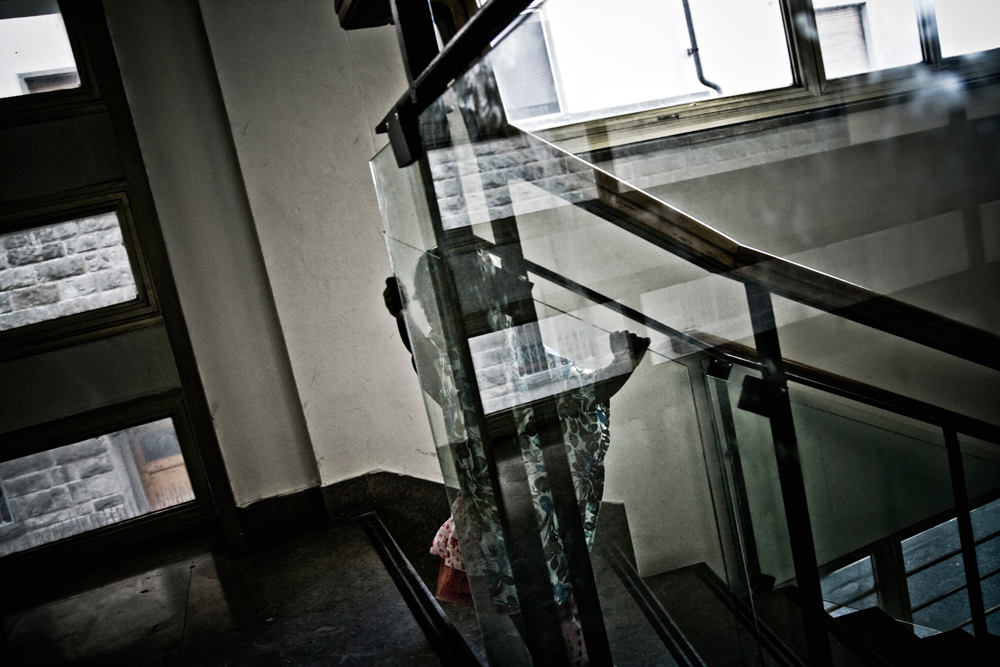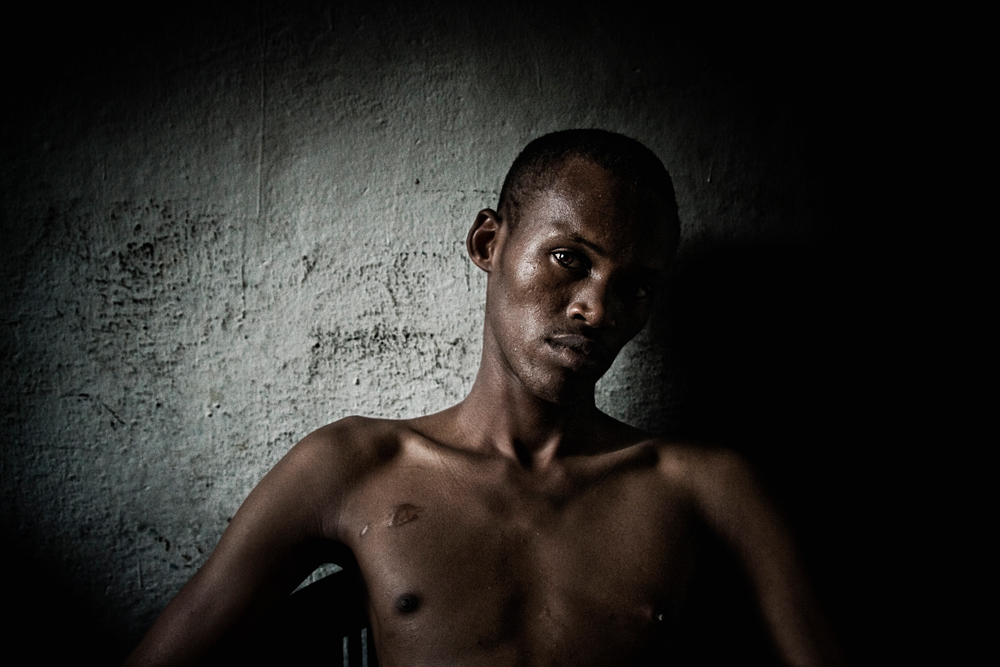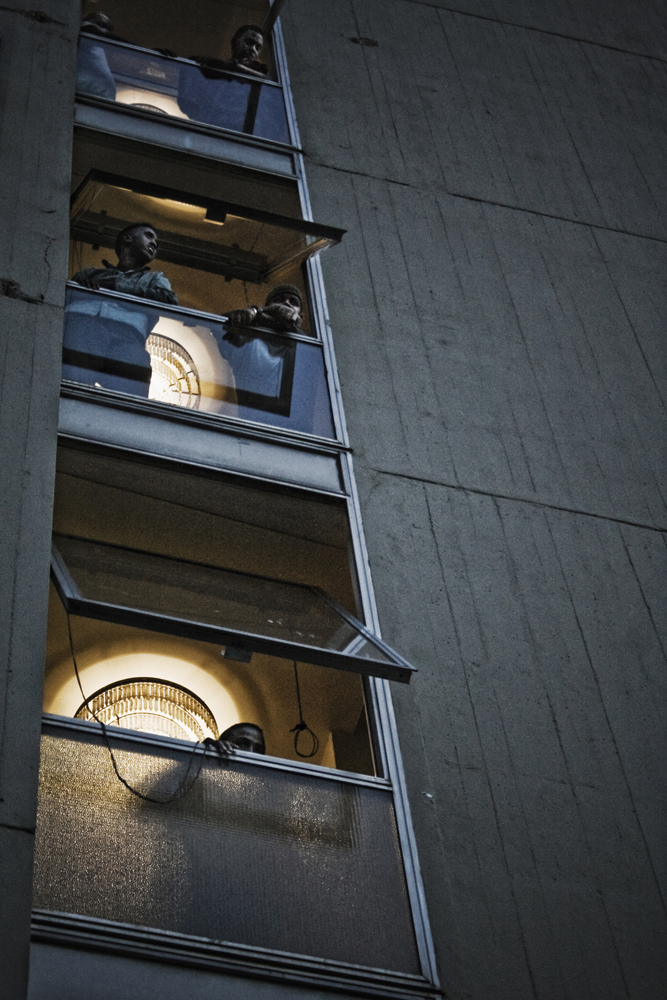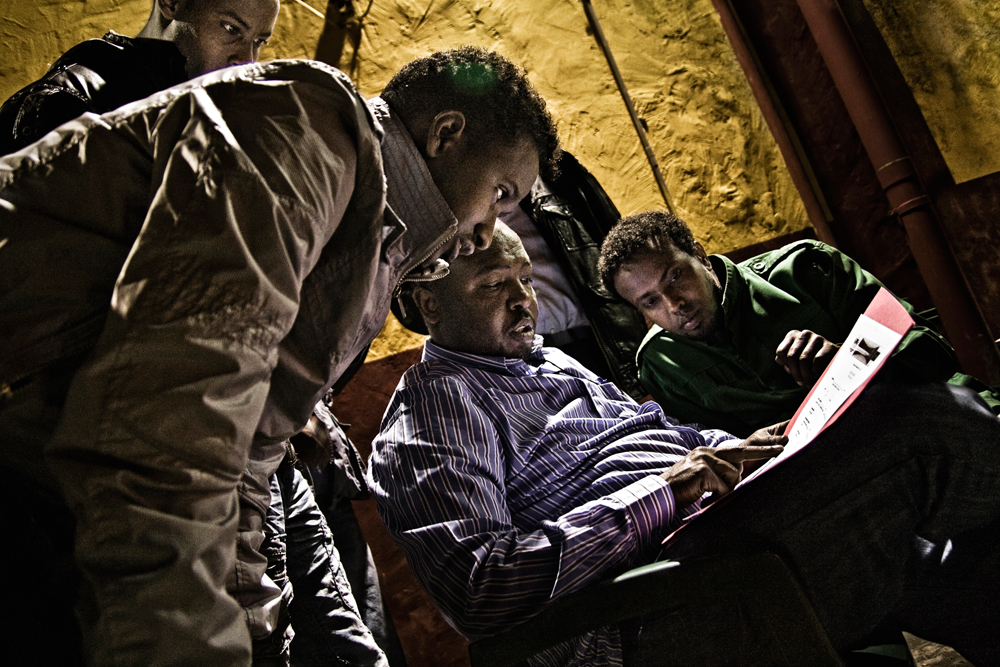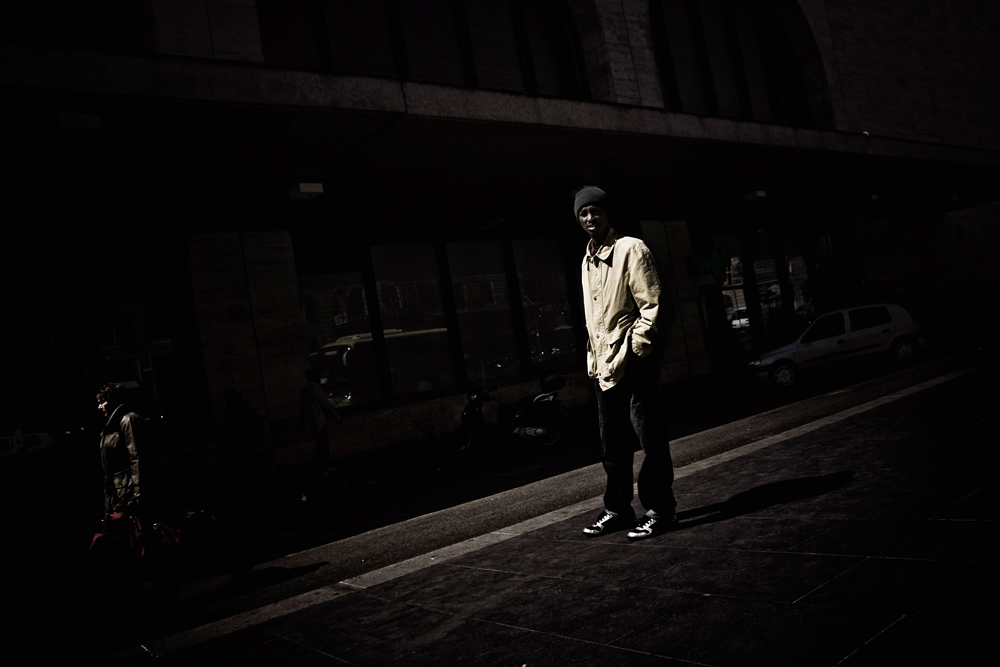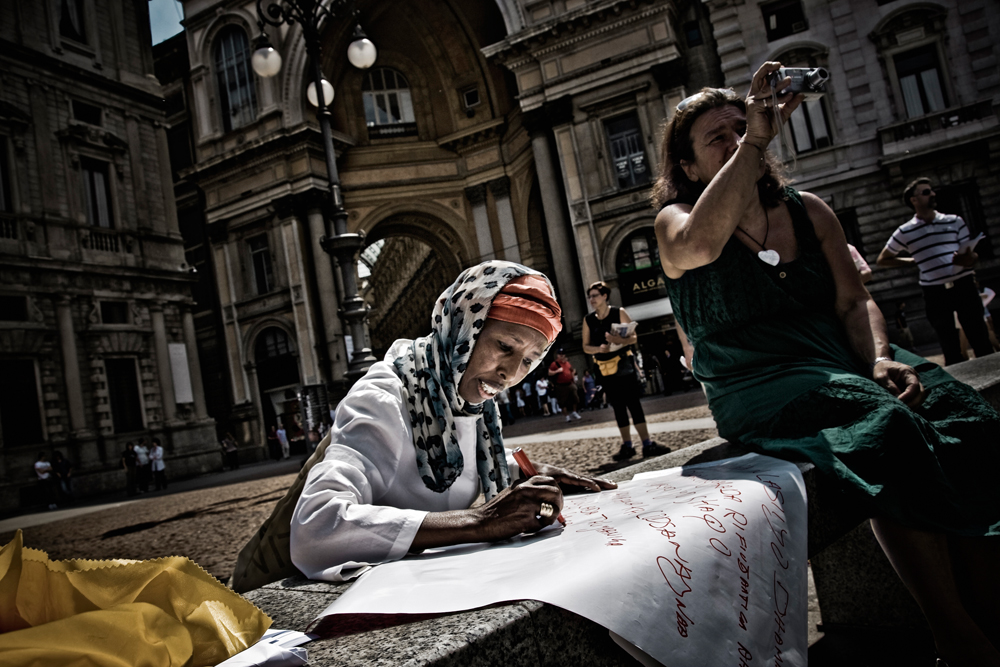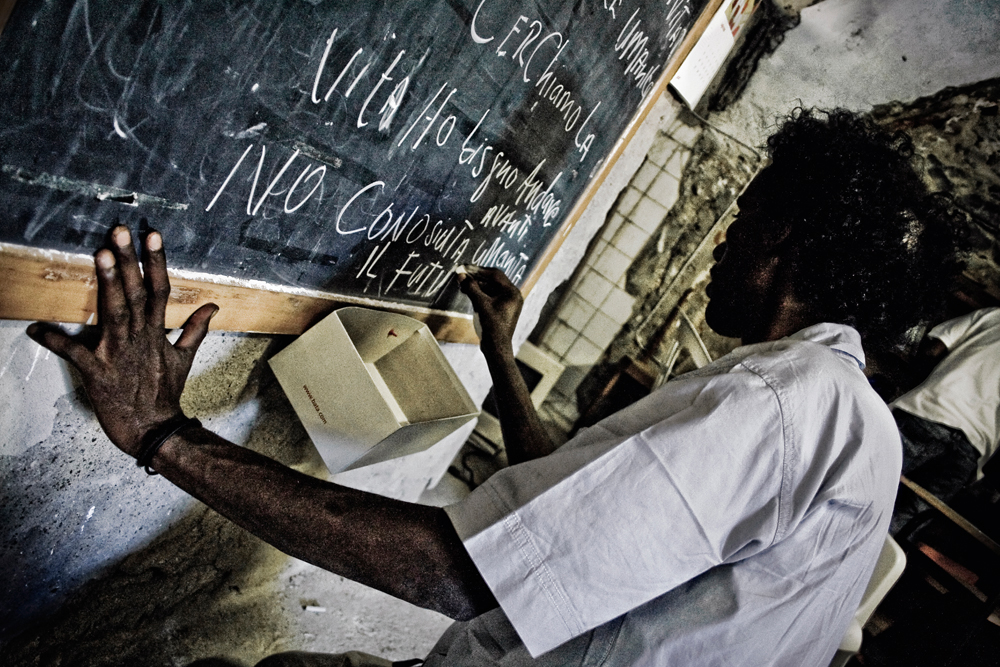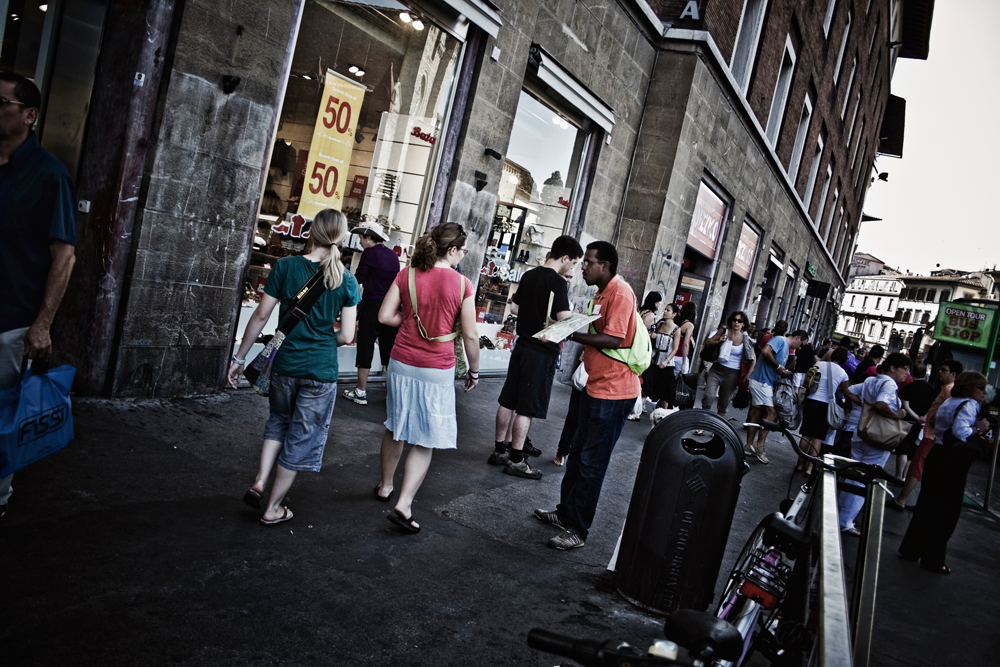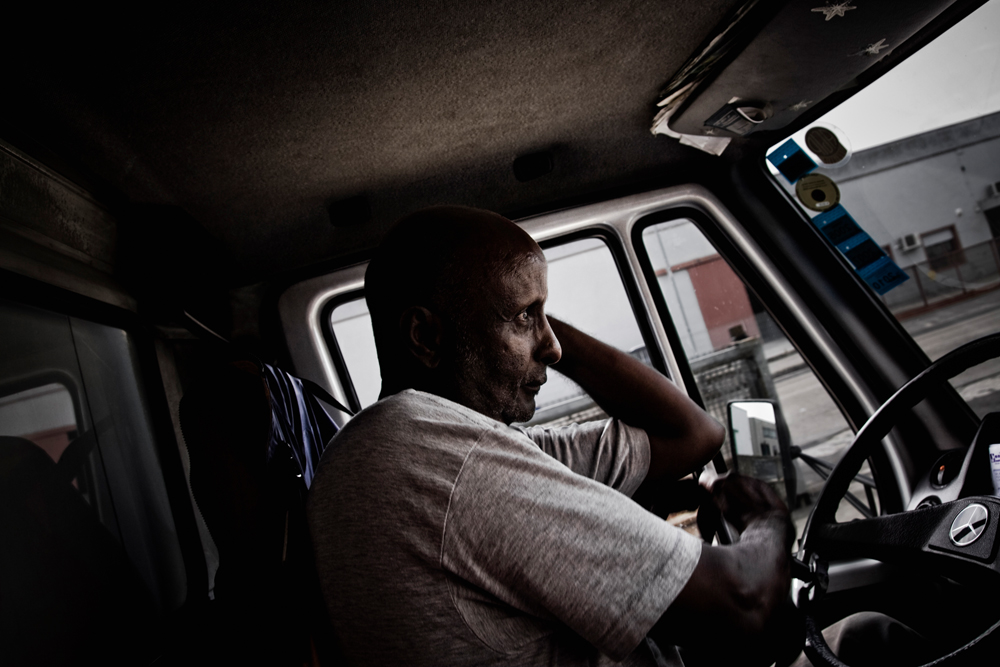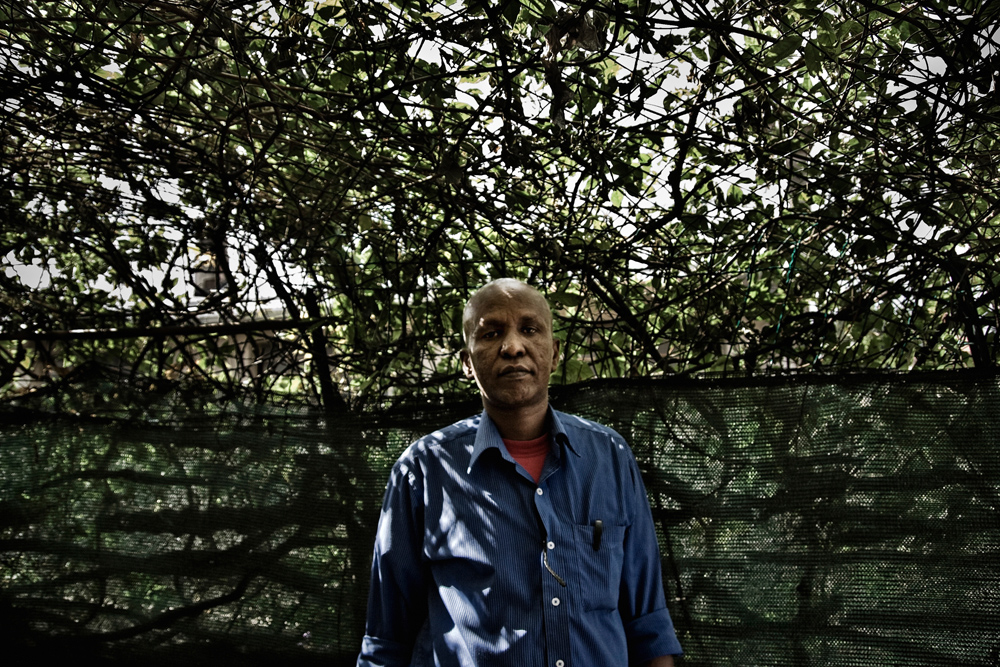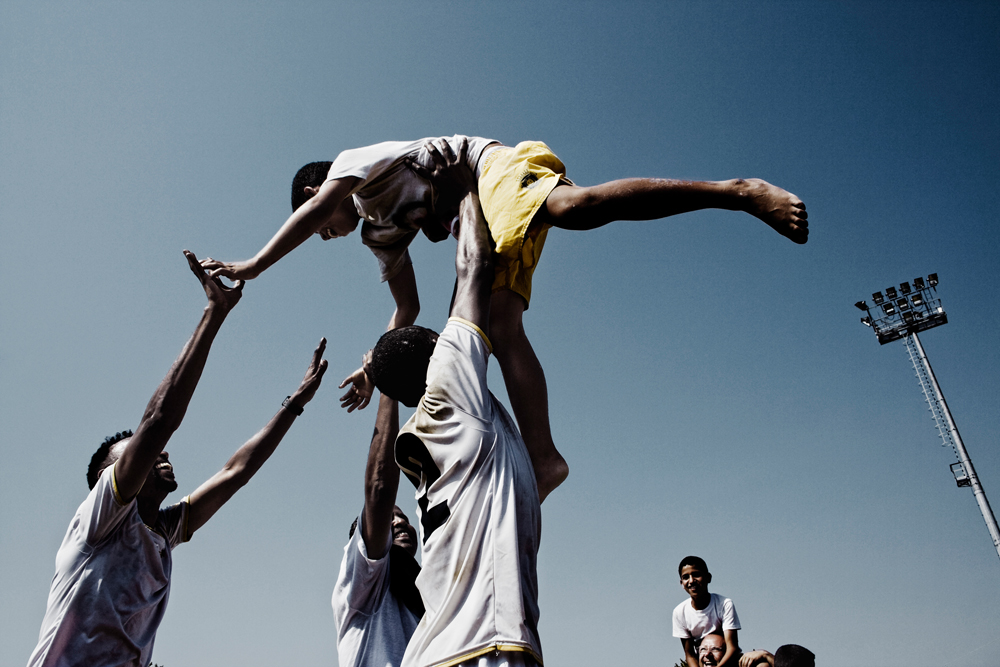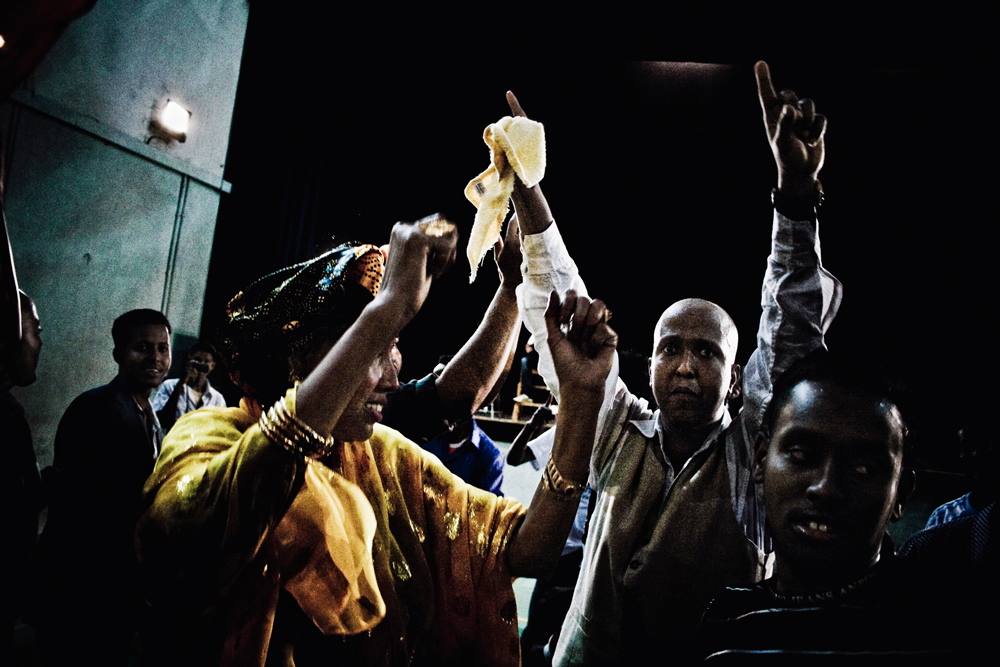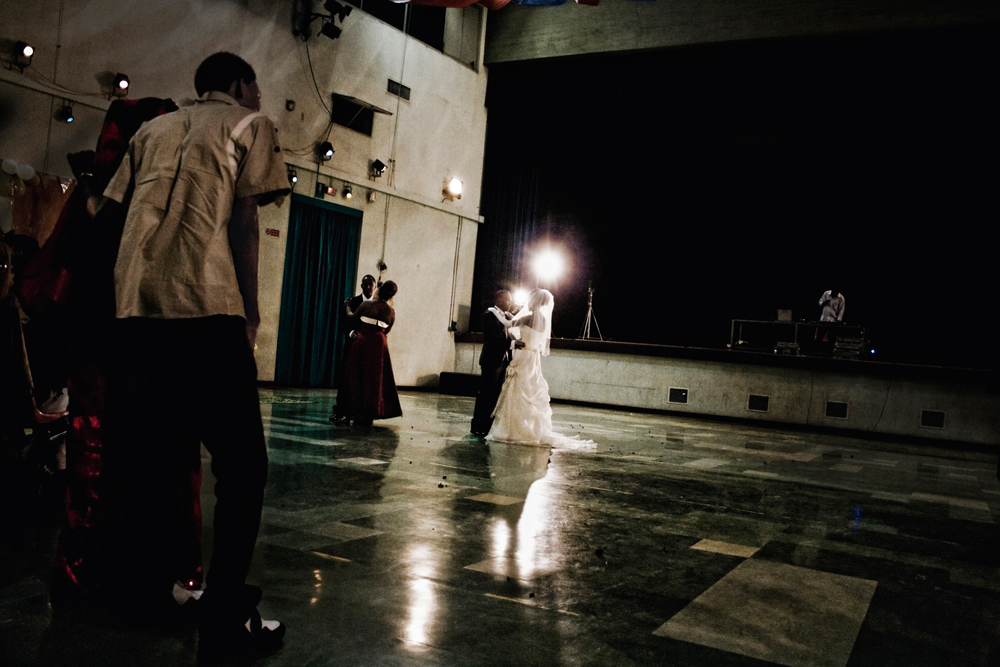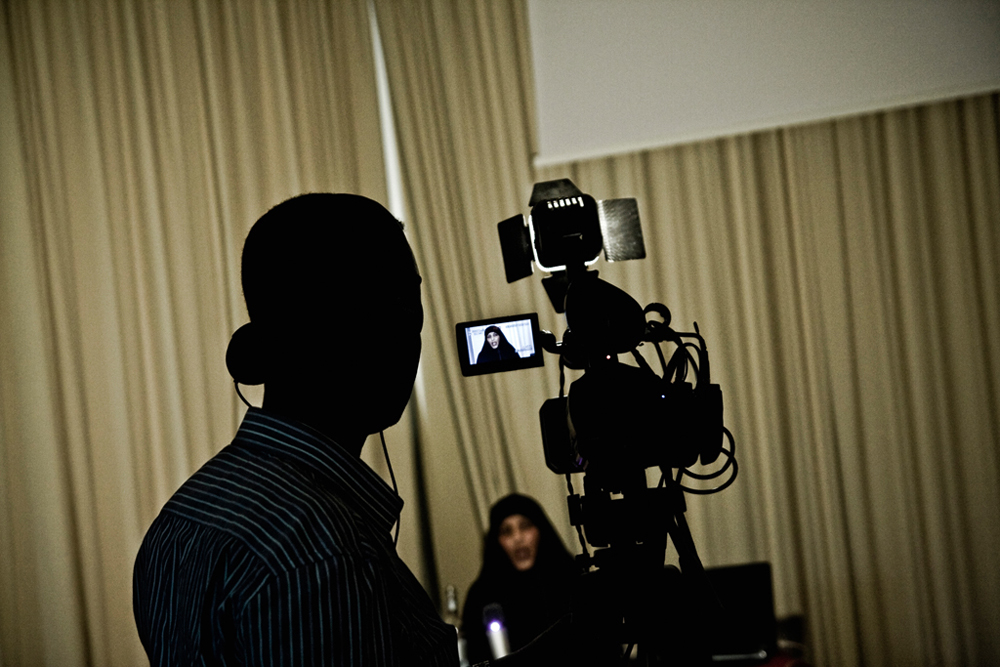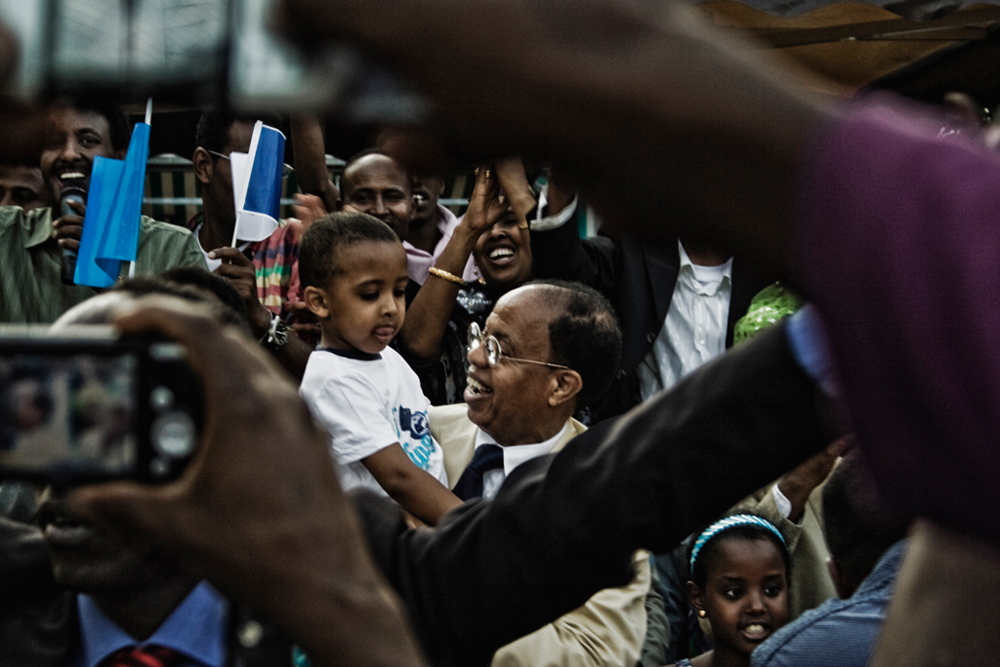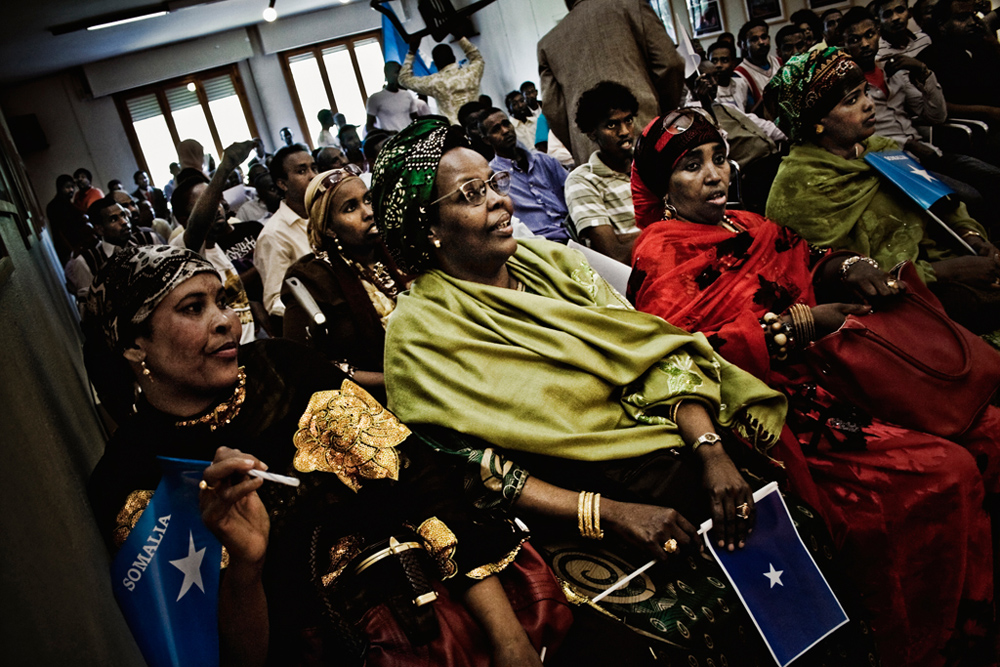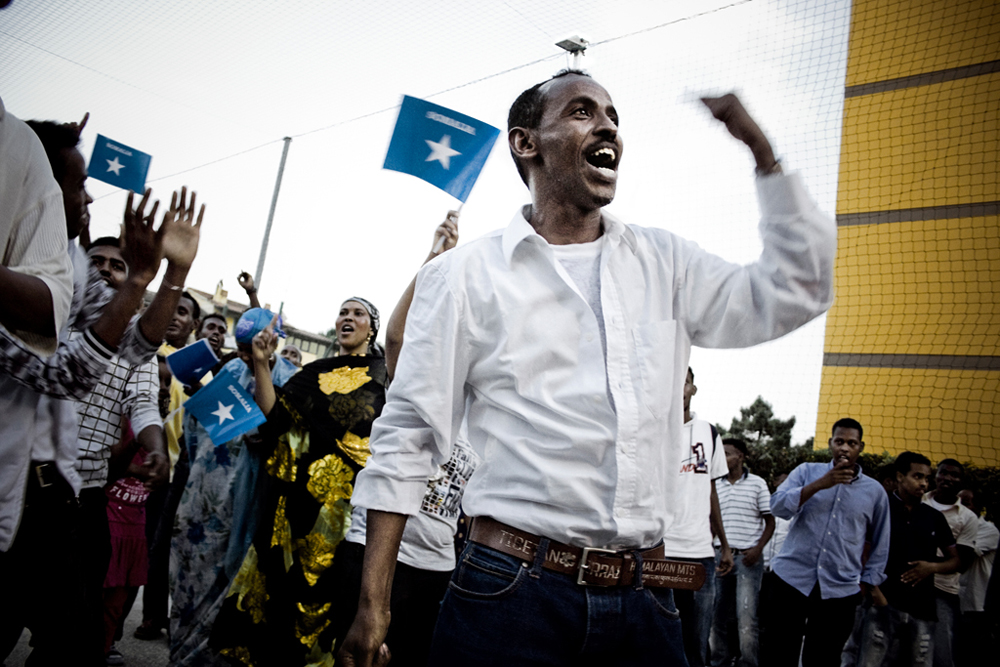Edited by Ada Sbriccoli
Photos and text by Lorenzo Masi
Lorenzo Masi was born in Florence in 1980. Graduated in Philosophy at the University of Florence, he started to take pictures in 2008. At the end of that year, following the student protests against the educational reform, he began an External collaboration with photojournalistic agency “Fotogramma”, based in Milan. Nowadays, he develops multiple editorial and personal projects around contemporary social issues.
After twenty years of civil war Somalia nowadays is one of the poorest and most dangerous nations in the world. Avoiding the risk of been killed or forced to fight in an infinite war many of its inhabitants try to move to foreign countries.
Considering its position in the Mediterranean Sea and the colonial past that links it with Somalia, Italy is one of the favorite destinations for people who flee the Horn of Africa country. The common way to reach the Italian coast is to cross the desert by bus or truck to arrive at the shipping points near the city of Tripoli.
If the actual uncertain local political situation doesn’t permit a coherent analysis of the condition of the refugees on the Libyan territory, during the Qaddafi regime, the 2008 agreements between Libyan and Italian governments (with a clear advantage also for other European countries), entailed that the North African country kept in jail the migrants, usually imprisoned to blackmail their families, in order to prevent their departure.
The lucky ones who survived the long and dangerous trip have the right to be put under International Protection, according to the Refugee Convention that Italy and others European countries subscribed in Geneva during 1951.
However, the assistance from the Italian state ends here. Except for some sporadic intervention the government doesn’t manage any program to provide housing for refugees, to help them learning Italian language, to help them to find a job. So, many of them live in abandoned buildings or, when these buildings are evicted, in some welcome center for refugees only able to host them for few months.
In this situation, moving from a makeshift accommodation to another, trying, often helped by local NGOs, to learn Italian and to find a job, the refugees struggle to live a normal life forced to remain in Italy in compliance to the Dublin II Agreement, that prevents people, who are recognized as refugees in an European country, to live in a different one.






